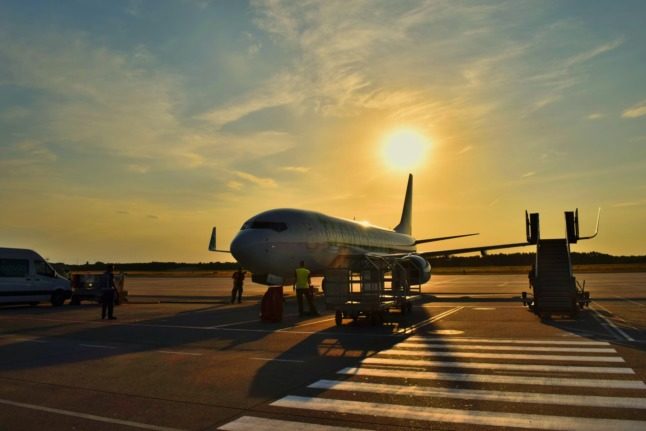Travellers from the US who have had their application with the Norwegian Directorate of Immigration (UDI) accepted have until July 19th to come to Norway, the Ministry of Justice announced in a statement.
Anyone who arrives after this date will not be allowed to enter the country, even if their application had been previously accepted.
“Partners residing in the USA who have been granted an application for entry by the UDI can travel to Norway until the next effective date for any changes in the Norwegian Institute of Public Health’s colour codes/areas, i.e. until midnight Monday,” the Ministry of Justice wrote on the Norwegian government’s website.
The ministry also said that entry to partners would be based on a country’s classification at the time of their arrival rather than when the application to reunite couples was accepted.
“Even if a foreigner has received prior consent from the Norwegian Directorate of Immigration for entry as a partner from a purple country, it is the countries colour code at the time of entry that determines whether they can enter,” the ministry wrote.
Simply put, this means if a purple country is removed from the list between the application to visit Norway being accepted and the date of arrival, then entry will not be granted.
This comes after the US was removed Norway’s Covid purple travel list after just a week after being classified as such.
This meant that close family of Norwegian residents travelling from the US would no longer be permitted to enter, and applications for partners to visit from the US would no longer be considered.
Travel: Norway to take the US off Covid-19 purple travel list
Purple countries are selected by the Norwegian Institute of Public Health from the EU’s third country list and allow entry to the partners, subject to a free application, and the close family of Norwegian residents and citizens.
Those travelling from the US in time for the deadline will need to take a test before arriving in Norway, test at the border once they have landed, fill out an entry registration form before they travel and then quarantine for a minimum of seven days at home or anywhere else with a private bedroom and bathroom. You can read more about Norway’s entry requirements here.
It’s also worth noting that the US currently ranks Norway as a level 3 for its Travel Health Notice.
This means Americans “should reconsider travel to Norway”.
Currently, Australia, Israel, Japan, Lebanon, New Zealand, Northern Macedonia, Serbia, Singapore, South Korea and Taiwan are purple countries. The list is assessed every Friday and updated every Monday.



 Please whitelist us to continue reading.
Please whitelist us to continue reading.
Member comments